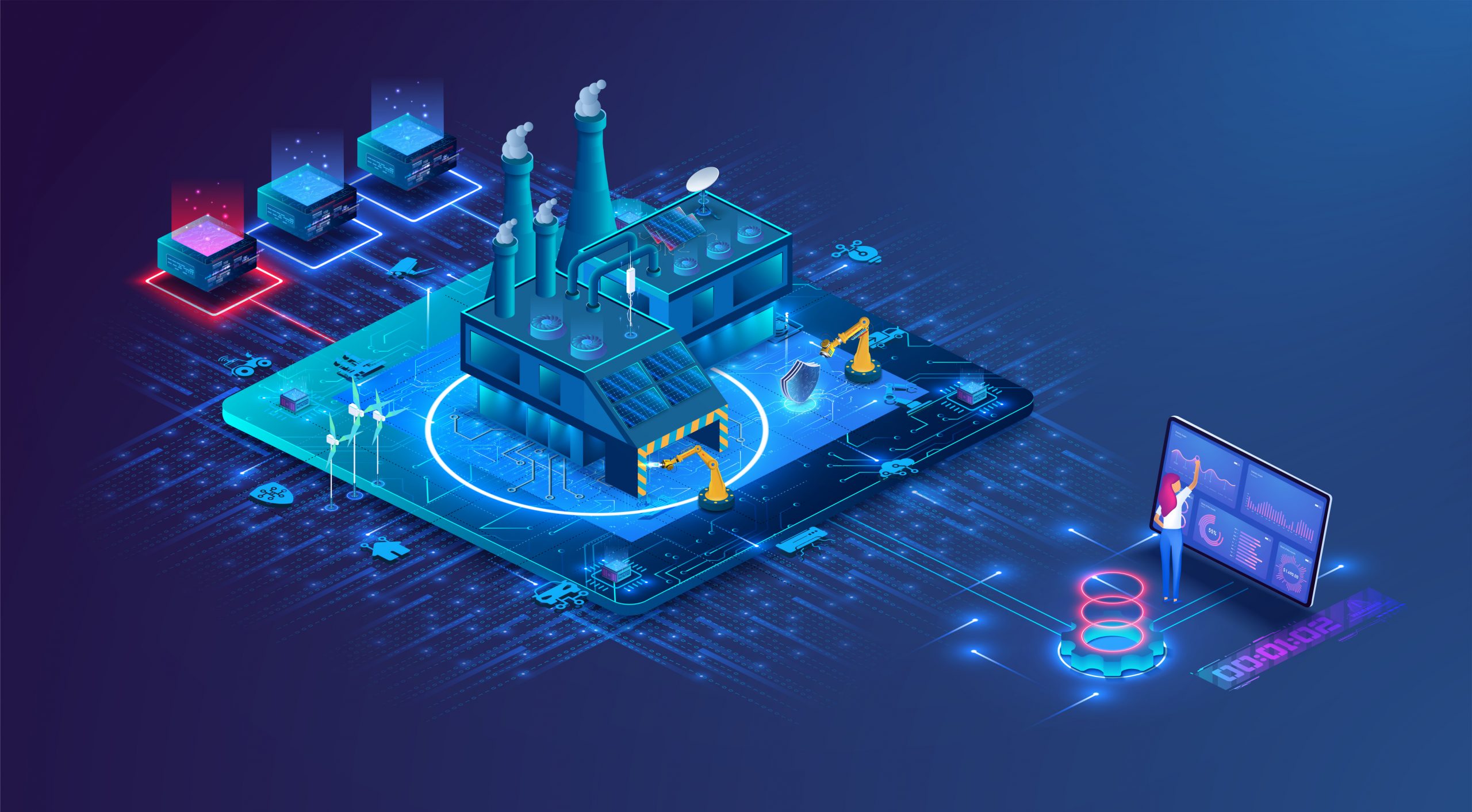Connecting the Dots: How Data Centres over SIM Card Networks Drive the Internet of Things Forward
The Internet of Things (IoT) is a term used to describe the vast network of connected devices that are able to communicate with one another and exchange data over the internet. These devices can range from simple sensors and smart home appliances to complex industrial machinery and vehicles.
The key to the functioning of the IoT is the ability of devices to send and receive data. This is where data centres over SIM card networks play a crucial role. SIM card networks provide a reliable and secure way for devices to connect to the internet and share data.
Data centres act as the central hub of the IoT, where the data collected by various devices is processed, analysed, and stored. These centres are responsible for managing the vast amounts of data generated by IoT devices and turning this data into useful insights.

The Role of Data Centres in Championing the IoT
SIM card networks provide a secure and reliable connection for IoT devices to connect to the internet and send data to the data centres. These networks are designed to handle large amounts of data traffic, ensuring that IoT devices can communicate with one another and with the data centres in a timely and efficient manner.
The use of SIM cards also adds an additional layer of security to the IoT. These cards can be programmed to only allow specific devices to connect to the network, reducing the risk of unauthorized access to sensitive data.
Data centres over SIM card networks also help to move the IoT forward by enabling the development of new and innovative applications. By providing a reliable and secure connection for IoT devices, data centres allow developers to create new solutions and services that leverage the power of the IoT.
The benefits of data centres for a stronger and more cohesive Internet of Things (IoT) are numerous. These centres play a crucial role in managing the vast amounts of data generated by IoT devices, helping to turn this data into meaningful insights and drive innovation. Here are some key benefits:
- Centralized Management: Data centres provide a centralized hub for managing IoT data. This makes it easier for organizations to collect, process, and analyze data from multiple devices in a single location. This centralization allows for greater control and visibility over the entire IoT ecosystem.
- Scalability: Data centres are designed to scale with the needs of an organization. As the number of IoT devices and data generated by these devices increases, data centres can be easily expanded to handle this growth. This scalability ensures that organizations can continue to manage their IoT data effectively as the network grows.
- Data Security: Data centres offer a high level of security for IoT data. They are equipped with advanced security protocols and technologies to protect against unauthorized access, data breaches, and cyberattacks. This security helps to build trust in the IoT ecosystem and ensure that data remains secure and protected.
- Improved Efficiency: Data centres can help to improve the efficiency of IoT devices and applications. By providing a centralized hub for data management, organizations can streamline processes, reduce redundancy, and increase productivity. This improved efficiency can translate into cost savings and improved performance.
- Innovation: Data centres are crucial for driving innovation in the IoT space. By providing a platform for data analysis and insights, organizations can uncover new trends and patterns in IoT data. This insight can lead to new products and services that leverage the power of the IoT to drive innovation and growth.
Conclusion
The IoT is a rapidly growing network of connected devices that has the potential to revolutionize a wide range of industries. Data centres over SIM card networks play a critical role in enabling the IoT by providing a reliable and secure connection for devices to communicate with one another and with data centres. As the IoT continues to grow and evolve, data centres will be key to driving innovation and creating new applications that leverage the power of this vast network.

